With the European Accessibility Act (EAA) coming into effect on 28th June 2025, organisations must act now to ensure learning materials and platforms are accessible to everyone. In an increasingly inclusive world, accessibility is no longer a nice-to-have—it’s a must. For those working in Learning and Development (L&D), this shift is more important than ever.
Whether you’re designing eLearning courses, curating digital content, or rolling out company-wide training, understanding the EAA is essential.
Let’s break it down together—what it is, why it matters, and what you need to do next.
What is the European Accessibility Act?
The European Accessibility Act is a directive created by the European Union to ensure that key digital and physical services and products are accessible to people with disabilities. This includes eLearning platforms, websites, mobile applications, and digital content—making it especially relevant to L&D professionals.
The EAA builds on the Web Content Accessibility Guidelines (WCAG 2.1) and applies to both public and private sectors. While it’s primarily a piece of EU legislation, its impact will ripple globally, especially for organisations operating in or serving the EU market.
Key Dates: When does the EAA come into effect?
- Passed into law: 2019
- Implementation deadline for Member States: 28th June 2022
- Main compliance deadline for organisations: 28th June 2025
- Grace period for existing unaltered content: Until 28th June 2030
This means any new or updated learning content and platforms must meet accessibility standards by June 2025, while existing unmodified content has until 2030 to comply. However, if you make changes to existing content after June 2025, it will need to be fully compliant from that point forward.
Why L&D professionals should care
L&D professionals are not just content creators; they are enablers of inclusive growth and development. If your training isn’t accessible, you’re unintentionally excluding learners—potentially risking non-compliance, reputational damage, and decreased learner engagement.
With remote and hybrid working now the norm, accessibility in digital learning environments is no longer optional. It’s vital for ensuring all employees can engage with and benefit from workplace training.
FAQs: What L&D teams need to know
Does the EAA apply to internal training content?
Yes. While the EAA focuses on products and services that are publicly available, internal content that intersects with customer service tools, HR platforms, or other public-facing elements may also fall under scrutiny. And more importantly, inclusive design is simply best practice.
What guidelines should we follow to ensure accessibility?
WCAG 2.1 LAA is the recommended standard. It covers areas like screen reader compatibility, keyboard navigation, colour contrast, and video captions—all of which are crucial for accessible eLearning design.
Is there a grace period for existing materials?
Yes. Existing products and services that are already on the market before June 28, 2025 have a grace period until June 28, 2030 to become compliant—as long as they remain unmodified. If you make any changes to your current learning materials after June 2025, they will be treated as new and must meet accessibility requirements immediately.
What if we use third-party tools like Articulate 360?
You’re still responsible for the accessibility of your learning outputs. Fortunately, tools like Articulate Storyline 360 and Rise 360 have built-in accessibility features—you just need to know how to use them effectively.
Actions L&D teams should take now
- Audit your current learning content.
- Check whether your existing eLearning meets WCAG 2.1 standards. Pay attention to text alternatives for images, keyboard navigation, and screen reader compatibility.
- Upskill your team in accessibility design.
Whether you’re just starting out or looking to sharpen your skills, training is key. We offer a 2-day Accessibility Training for Articulate 360 users, where we break down WCAG 2.1/2.2 into easy-to-digest guidance and give you hands-on help making your content accessible. Learn more and book your place here.
Get inspired and ask questions at our live webinar.
In celebration of Global Accessibility Awareness Day (GAAD), we’re hosting a free webinar:
“Insights from L&D Leaders: Designing Accessible Learning for All”
Wednesday 15th May 2025, 11am BST
Join us for a live panel discussion with learning leaders who are putting accessibility into action. You’ll hear firsthand from those designing and delivering inclusive digital learning in real-world settings, as they share their experiences – what’s worked, what’s been challenging, and what they wish they’d known when they started.
Hear from:
- Elizabeth Angell, LLC Consultant at Nationwide
- Stephen Holderness, Learning & Development Lead at AO
- Saffron O’Brien, Training Manager at Omniplex Learning
Whether you’re new to accessible learning design or looking to take your approach further, this webinar will leave you inspired and equipped with actionable insights. Register here.
How the EAA will shape the future of workplace learning
The EAA is more than a legal requirement—it’s a step toward building truly inclusive learning cultures. By investing in accessibility now, you’re not only protecting your organisation but also creating equitable learning environments that empower all employees to thrive.
At Omniplex Learning, we believe accessibility should be built into learning from the ground up. Through our expert training and events, we’re here to guide you every step of the way.
Your next steps
- Mark June 28, 2025 as your main accessibility compliance deadline
- Be aware of the grace period for existing, unchanged content until June 2030
- Start auditing your current digital learning content
- Upskill with our 2-day Articulate 360 accessibility course
- Register for our GAAD webinar on Wednesday 15th May 2025, 11am BST
- Advocate for inclusive design in your organisation
Let’s make learning accessible for everyone—together.





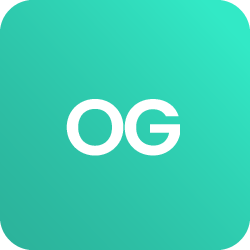



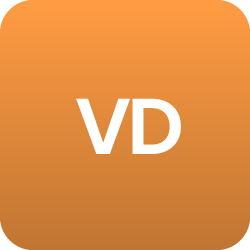


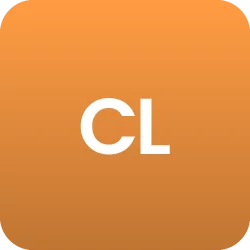
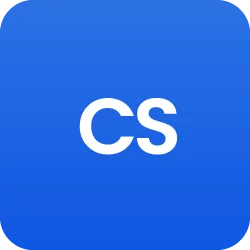
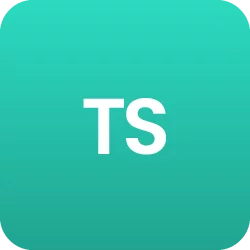
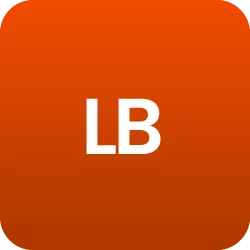

 BACK
BACK